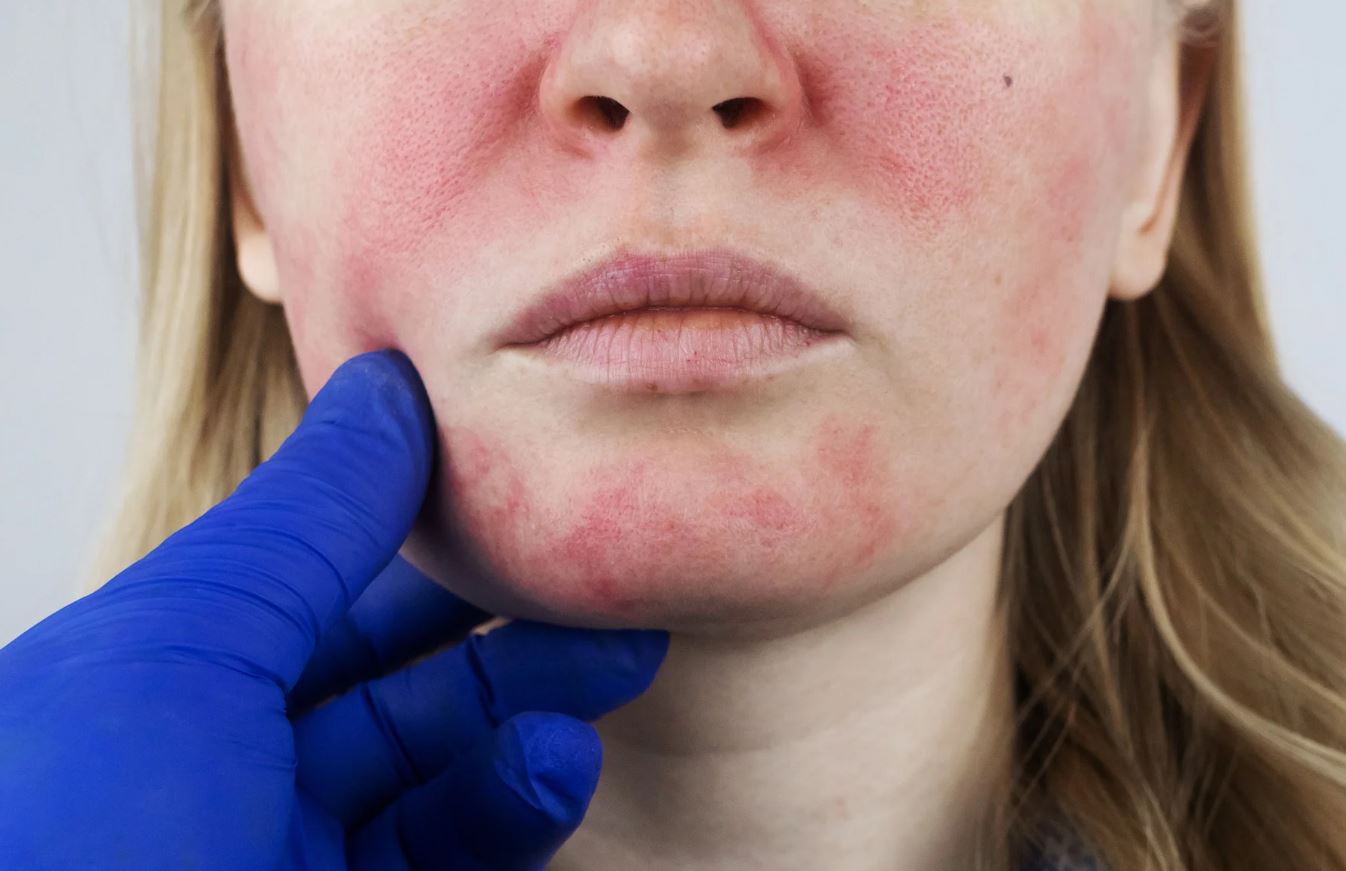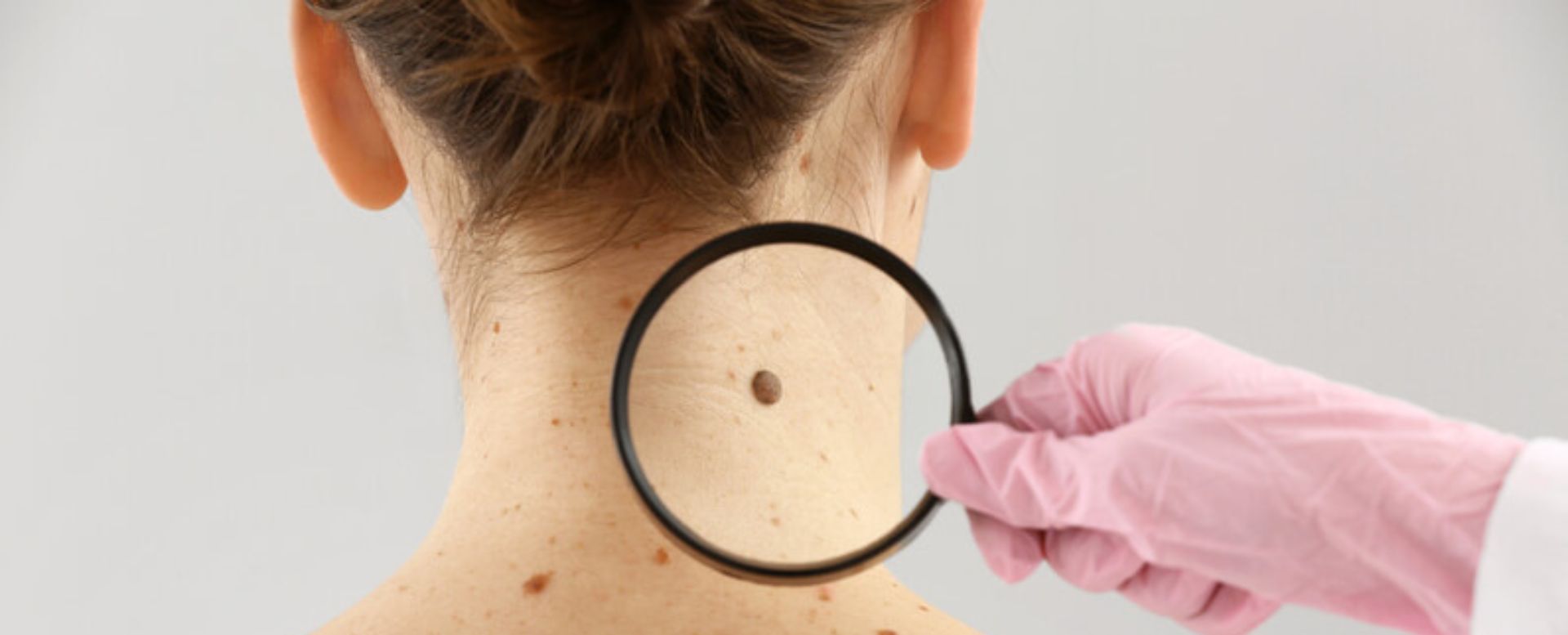If you’re looking to maintain your skin’s resiliency or deal with a cosmetic issue like stretch marks, microneedling is a great anti-aging option.
Sliding an automated, needle-clad tool across the skin is all that is required for this quick collagen-inducing procedure.
The microneedles travel vertically up and down as the applicator tip moves, creating tiny channels with a depth of around 2mm.
Since they’re so tiny, the channels immediately shut. It induces elastin and collagen production in the body to repair the damage caused by the micro-injuries.
There are several ways in which microneedling can improve your skin’s firmness, smoothness, and brightness.
This article will go through what patients can expect following their microneedling procedure.
Purpose of Microneedling
Microneedling is a minimally invasive alternative to cosmetic surgery for skin rejuvenation.
Collagen and elastin are injected into the microscopic wounds to help your body begin the healing process. To reduce the appearance of wrinkles, collagen can be used to fill in the gaps.
Aside from your face, you may have microneedling done on other regions of your body, such as your abdomen or thighs.
As you can see, microneedling has a variety of incredible benefits as follows:
- It restores skin’s radiance, giving you a more youthful look
- It reduces spider veins and damaged capillaries
- It heals wounds.
- It restructures and refines the appearance of skin
- It reduces the number of holes visible
- It lightens hyperpigmentation and sunspots
- It helps you achieve a more even skin tone
- It improves stain-reduction properties
- It reduces the appearance of acne scars
- It enhances the appearance of fine lines and wrinkles as well as deeper wrinkles
What to Expect from Microneedling

During the Microneedling Treatment
- Microneedling is like having sandpaper scraped across the treatment region for some folks.
- During the microneedling technique, your skin could turn red and tight, producing the feeling that you have been burnt.
- Before beginning treatment, your aesthetician will administer a topical numbing cream.
After Microneedling Treatment
Here are most frequently asked questions post-microneedling treatment
- When can I wash my face after microneedling? Wait at least four hours to cleanse your face.
- What to do when my skin is swelling? You may notice that your skin is red and swollen for up to three days. During this time, use a gentle cleanser and moisturizer, and if necessary, use 1% hydrocortisone cream.
- How long does peeling last after microneedling? As a result of accelerated skin cell turnover, microneedling peeling and flaking may occur three to five days following microneedling treatment. Within two to four weeks, the benefits of microneedling will be apparent.
- How often should I repeat the procedure? The effects of microneedling might continue for up to six months, depending on your skin type. You can repeat the procedure as often as 4-6 months.
If you want the best results, you may need up to six sessions, especially if you’re dealing with scars.
Microneedling Side Effects and Post-Procedure Care

Microneedling carries some risk, as do any cosmetic treatments. Minor skin discomfort is the most prevalent adverse effect following the surgery. For a few days, you may also see a reddish color.
Consult your doctor if you observe more severe side effects, like:
- Peeling
- infection
- bruising
- bleeding
Use a painkiller, such as Tylenol, if you suffer any soreness. When you’re outside, always use sunscreen (30 SPF or greater) every after 24 hours, and wear a helmet.
What Should You Avoid Before and After Microneedling?
Before Microneeding
- You may need to stop taking some drugs, like anti-acne medications and ibuprofen, well before the surgery.
- Your doctor may also advise that you cease using topical retinoids ahead too. Doing so may lower the likelihood of some adverse effects.
To get the best possible result, consult your doctor before the surgery.
After Microneedling
- Avoid the use of arnica/bromelain and ice on your face. Skin renewal depends on the natural inflammatory process, and these products may interfere with it.
- Stay away from skin irritations by not picking or scratching them.
- You should refrain from using anti-inflammatory drugs for at least a few days to allow your body time to repair itself. Tylenol (acetaminophen) and other non-inflammatory pain medicines are appropriate.
- Avoid sunbathing and extend sun exposure for at least two weeks.
- Swimming and other intensive physical activity should be avoided at all costs.
What to do When Your Skin is Peeling?
- For dry skin, apply a light moisturizer.
- You can mask the redness and peeling of your skin using cosmetics.
- Avoid chemical peels. It’s critical to let the old skin shed naturally and moisturize the new. Consult your dermatologist for advice on the best products to use.
- On days 5-7, when your treated skin no longer feels sensitive, you can resume using your normal skincare products.
Repeated microneedling treatments every 4-6 weeks are recommended to get optimal outcomes, as are a series of 3–5 sessions based on your individual treatment plan.
Personalized answers to your microneedling recovery questions
Skin Cancer Specialists offers complimentary cosmetic consultations to answer any questions you may have regarding microneedling aftercare.
We welcome men and women from Conroe, Sugarland, Houston, and the surrounding areas.





